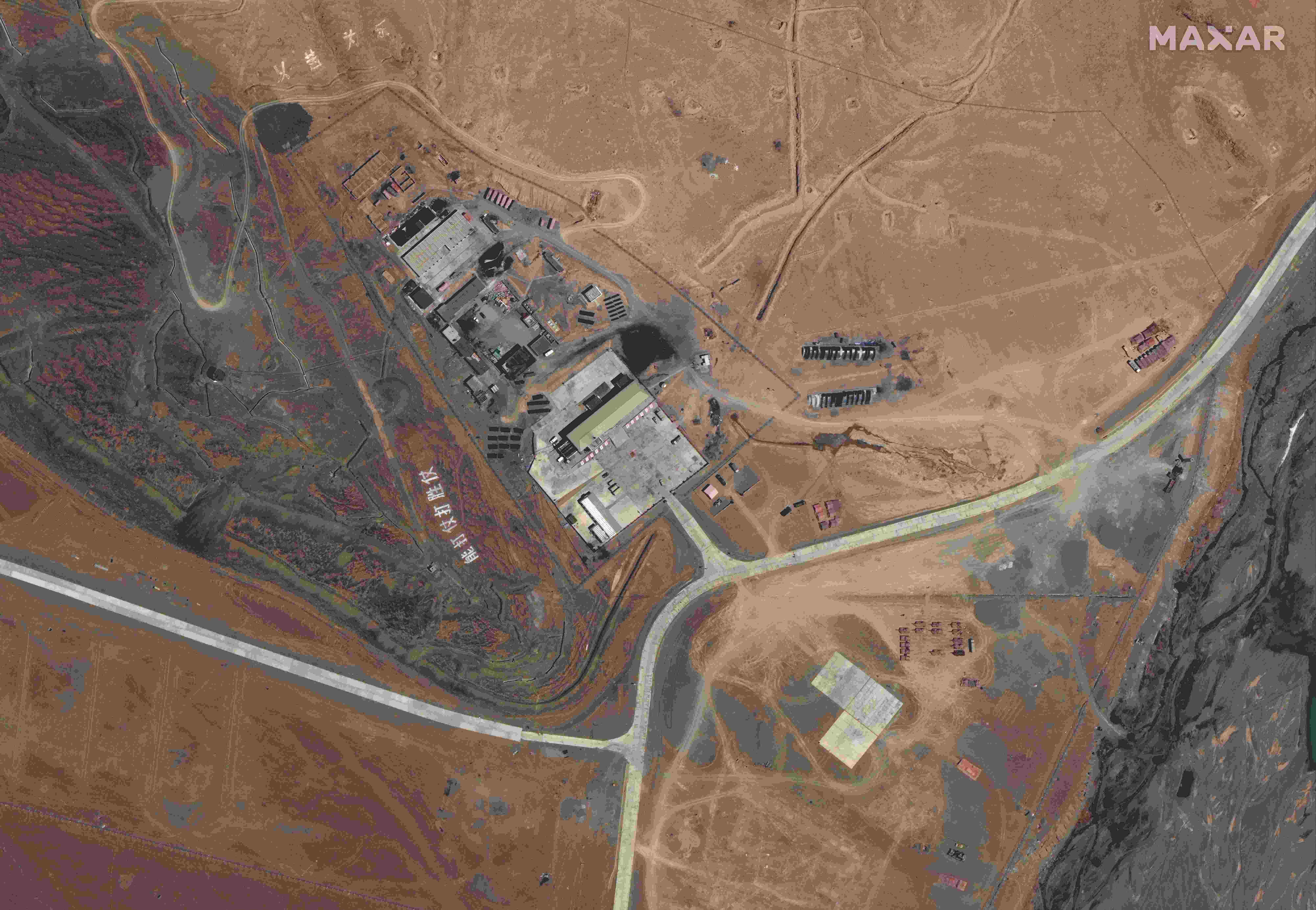
India remains cautious as China has not yet shown any signs of thinning out the large number of troops it amassed in the “rear areas” on its side of the disputed boundary, although both sides started pulling back front-line soldiers from some of the face-off scenes in eastern Ladakh.
After the Chinese People’s Liberation Army (PLA) pulled back its troops from the scene of the June 15 clash at Galwan Valley, the Indian Army too withdrew troops 1.5 kilometers away from the spot, in keeping with the disengagement understanding reached between the senior military officials of the two nations during the three meetings they had last month to resolve the nine-week-long stand-off.
Though the Indian Army soldiers earlier routinely patrolled Galwan Valley, they would not do so for some time. The two sides agreed on a moratorium on patrolling during the last meeting between the senior commanders of the Indian and Chinese armies on June 30.
While New Delhi has been dismissing Beijing’s claim of sovereignty on Galwan Valley over the past few weeks, the withdrawal of Indian Army troops from the area to reciprocate to pullback by the Chinese PLA as well as the moratorium on patrolling triggered speculation about an understanding between the two sides to create a “buffer zone” to avoid flashpoints.
“By agreeing to a ‘buffer zone’ on the Indian side of the LAC and to restrict Indian patrolling to the west of the confluence of the Galwan and Shyok rivers, India will stay out of the Galwan Valley, thus giving credence to China's freshly minted claim to the entire Galwan Valley,” eminent strategic affairs analyst, Brahma Chellaney, posted on Twitter on Tuesday.
The Indian Army, however, said that the moratorium on patrolling by both sides in Patrol Point 14 area in the Galwan Valley was not permanent. “This is only a temporary step which would be in place till the disengagement process is complete. No permanent buffer zone has been created,” said an officer of the Indian Army.
The sources in Indian Army said that while the process of troop withdrawal at Patrol Point-14 (PP-14) in the Galwan valley had been completed on Monday, the disengagement process was continuing at PP-15 (Gogra Post) on Tuesday. It would take one more day to complete the process at PP-17A (Hot Springs). The Indian Army is currently monitoring the pull back with drone footage besides keeping an eye on the conflict area from a distance. The confirmatory report will be prepared after senior PLA commanders verify the withdrawal and report it back to the Indian Army in accordance with a mutually accepted protocol, said sources.
New Delhi, however, remains worried about the continuing stand-off on the northern bank of the Pangong Tso lake, where the Chinese PLA deployed soldiers and built structures at the “Finger 4” area, thus denying access to Indian Army to areas up to its earlier patrolling limit – the “Finger 8”. Sources said that although the PLA had apparently thinned out some of its troops and vehicles from “Finger 4”, the numbers were not significant.
China also remained non-committal on withdrawing the large number of troops it deployed over the past few weeks in the rear areas on its side of its disputed boundary with India – flouting the 1993 bilateral agreement, which required each side to “keep its military forces in the areas along the Line of Actual Control (LAC) to a minimum level”.

